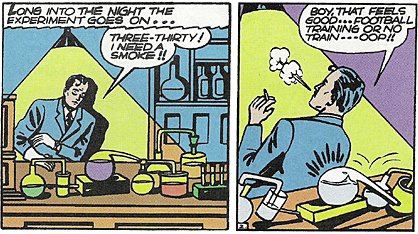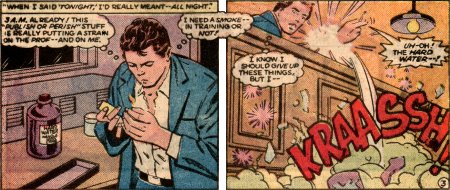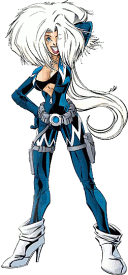While putting together a list of Flash comic books with variant covers, I remembered the #100 covers DC did back in 1995. Several of the series that were relaunched after Crisis on Infinite Earths hit #100 that year. DC made the issue number larger than usual, and put it on a ribbon design. They also released the issues with alternate covers featuring a black background, a tagline relating to the story in large, holofoil letters, and a colored silhouette of the hero. I can’t remember how many there actually were, but looking through GCD I found these 5:
- Flash #100: The Quick and the Dead (April 1995)
- Wonder Woman #100: Fall of an Amazon (August 1995)
- Justice League America #100: Return of a Hero (June 1995)
- Superman #100: The Death of Clark Kent (May 1995)
- Green Arrow #100: Where Angels Fear to Tread (September 1995)
Does anyone know of any others?




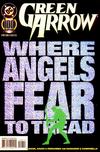



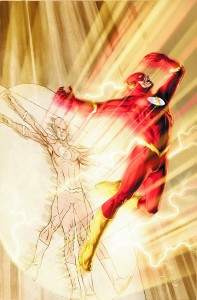 Well, now we know why DC has been
Well, now we know why DC has been 